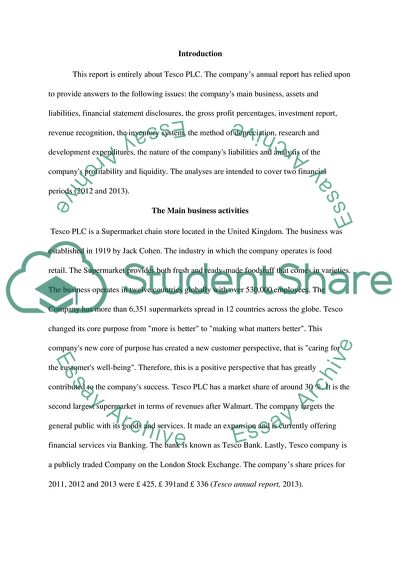Cite this document
(“Tesco Company Essay Example | Topics and Well Written Essays - 1500 words - 1”, n.d.)
Tesco Company Essay Example | Topics and Well Written Essays - 1500 words - 1. Retrieved from https://studentshare.org/finance-accounting/1644927-tesco-company
Tesco Company Essay Example | Topics and Well Written Essays - 1500 words - 1. Retrieved from https://studentshare.org/finance-accounting/1644927-tesco-company
(Tesco Company Essay Example | Topics and Well Written Essays - 1500 Words - 1)
Tesco Company Essay Example | Topics and Well Written Essays - 1500 Words - 1. https://studentshare.org/finance-accounting/1644927-tesco-company.
Tesco Company Essay Example | Topics and Well Written Essays - 1500 Words - 1. https://studentshare.org/finance-accounting/1644927-tesco-company.
“Tesco Company Essay Example | Topics and Well Written Essays - 1500 Words - 1”, n.d. https://studentshare.org/finance-accounting/1644927-tesco-company.


